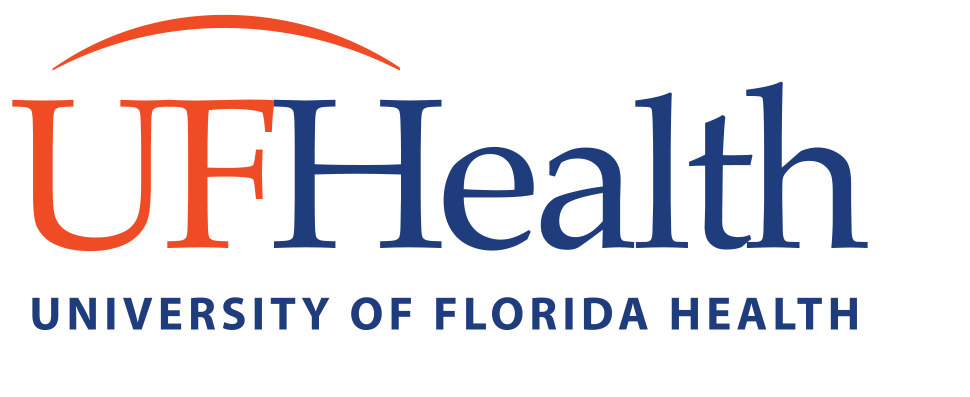How UF Health Uses Gravity Forms for Critical Data

These days, hospitals have just as many online as they do offline. With multiple hospitals, clinics, colleges and research institutes, as well as over 22,000 employees, UF Health is no exception. Combine that with over 1,500 sites across a multiple WordPress Multisite installations, and you have quite the technological challenge to keep everything moving smoothly.
We always love to hear about how people are using Gravity Forms in large-scale, mission-critical environments. Today, I had the pleasure of chatting with one of the University of Florida Health‘s senior developers: Chris Wiegman to get a better understanding of the unique challenges they face every day, and how UF Health uses Gravity Forms to solve those problems.
Stability at scale

UF Health is split across 3 primary websites, with two WordPress Multisite installations for a combined total of over 1,500 sites. To add to the complexity, user input varies greatly from site to site and includes things like internal ticketing, contact forms, polls, and surveys, to name a few. Needless to say, UF Health relies on being able to reliably collect thousands of form entries per day in a mission-critical environment where the possible scenarios are endless.
Not only are these thousands of entries being recorded, but they also need to do something with it. This comes in the form of sending notifications to everyone who needs them, encryption, and storing data in various locations. Due to the nature of handling data in the healthcare industry, data often times needs to be processed further after the initial submission. That’s why it’s so critical for their solutions to be advanced enough to suit their needs, yet simple enough to make changes quickly.
Chatting with Chris, this was certainly the main concern. With this much data flowing in and out of a large WordPress Multisite network, even minor issues can be potentially catastrophic. By utilizing Gravity Forms to handle user input, they’re able to ensure high-stability code with minimal effort.
Working with legacy systems

One of the problems that arise when working with such large-scale systems is integrating it with the older systems already in place. When it comes to healthcare, developing new solutions can be quite the undertaking. Not only do new systems need to outperform the old, but they also have to be compatible with everything else that utilizes it.
Of course, working with legacy systems is never an easy task, but Chris expressed that Gravity Forms makes it incredibly easy to manipulate that data to make it compatible with even the most troublesome systems. Thanks to a multitude of hooks and a focus on developer-friendliness, Gravity Forms is the obvious solution to solving some of the most complex data manipulation problems.
Solving non-technical challenges
![]()
When you have more than 1,600 content editors across a wide network of sites, everyone needs to be on the same page. From the way that forms are built within each WordPress site. to what users experience on the front-end, consistency is key. While quite a bit of training is still needed for the various situations, Gravity Forms makes it easy for everyone to learn the ropes quickly.
Whether it’s editing a form, changes to the appearance, or managing entries and notifications, a consistent interface throughout the entire process is infinitely important.
Why choose Gravity Forms?
![]()
While Chris admits that Gravity Forms was implemented before he began his role at UF Health, he did mention that he’s been a large supporter of its continued use during his time there. Continued evaluation is important when it comes to any type of technology, and while it may trigger changes elsewhere, Gravity Forms is always there to stay.
Chris also states that he appreciates the speed and knowledge of Gravity Forms support. Big or small, he knows that if he has a question or concern, it’ll be addressed quickly and precisely. Thanks to many of our support staff also being developers, even code changes such as adding a hook are done extremely quickly.
Overall, Chris expressed his love for the general quality of Gravity Forms. Whether it be speed, stability, or support, he knows that he’s working with the best WordPress form solution out there, and has first-hand noticed it only become better with time.
What changes would you like to see?

When I asked Chris this question, he didn’t really have much of an answer for me. While I asked the question with genuine curiosity and a willingness to improve Gravity Forms, sometimes it’s great to hear that everything is already awesome. Often times, what you need is something that “just works”, and I’m glad that Gravity Forms could be that perfect fit.
Nonetheless, I questioned Chris a bit more about it and he stated that he loves to see the performance enhancements that are regularly released, and is excited to test the impact of the database enhancements that we made in Gravity Forms 2.3.
A few final thoughts

It was great to hear from Chris and get feedback on why Gravity Forms is so critical to UF Health. Hearing great things about a product that all of us at Rocketgenius work so hard on is a fantastic feeling. It also reminds me that Gravity Forms is relied on by so many critical applications and motivates us all to continue improving what we’ve already built upon.
Have your own story to tell?

As mentioned earlier in this article, we love hearing about all the extraordinary ways people use Gravity Forms. Have something to share? Let us know in the comments below!
